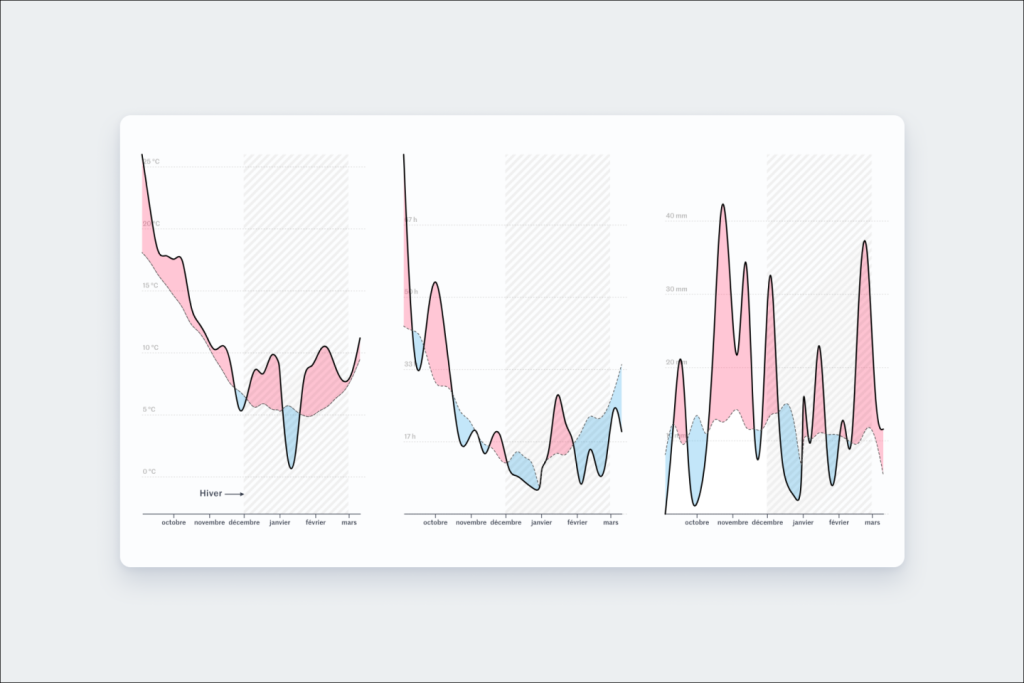The weather in France has been exceptionally grey and rainy this winter, according to data from Météo-France. Since mid-October 2023, rain has dominated the French weather, with the exception of the Mediterranean coast. Autumn 2023 was about 30% rainier than the average from 1991-2020, making it one of the ten wettest autumns since 1959. The winter of 2023-2024 followed the same trend, with a national rainfall surplus of about 10%, and abundant and regular precipitation across all regions, except for Corsica and Languedoc-Roussillon.
In terms of sunlight, Météo-France had recorded slight surpluses across the country until the beginning of winter, when grey skies settled in over most of the country. Ultimately, the sky was less sunny than usual by 10% to 30% above the Bordeaux-Lyon line, with significant light deficits in the north-east of France, particularly in the Ardennes. In February, residents of Charleville-Mézières only had 12.6 hours of sunshine (26 minutes per day).
Despite the lack of sunshine, temperatures have been higher than normal. With summer-like temperatures lasting until mid-October, autumn 2023 was the warmest recorded since 1947, with temperatures 2.4°C above normal. The winter of 2023-2024 was the third warmest (+2°C) behind 2020 and 2016. The graphs detail temperature, precipitation, and sunlight data from 145 stations in France since September 2023.
Overall, the weather in France has been wetter and cloudier than usual this winter, with above-average rainfall and a lack of sunshine in many areas. Despite the lack of sunlight, temperatures have been higher than normal, making it one of the warmest winters on record. The data provide a clear picture of how the weather has behaved in France over the past few months, with some regions experiencing more extreme conditions than others.


